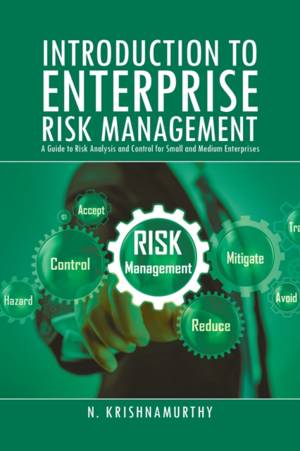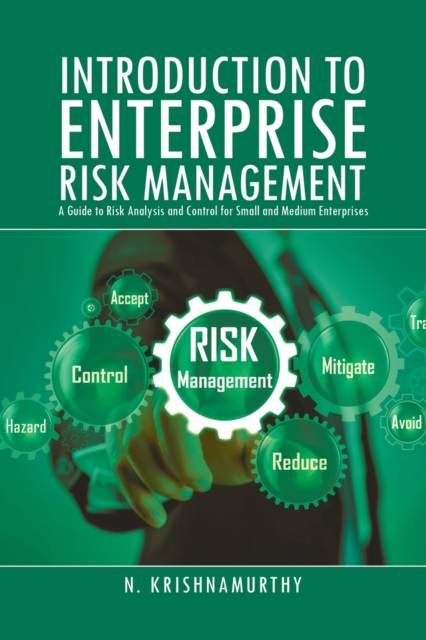
- Afhalen na 1 uur in een winkel met voorraad
- Gratis thuislevering in België vanaf € 30
- Ruim aanbod met 7 miljoen producten
- Afhalen na 1 uur in een winkel met voorraad
- Gratis thuislevering in België vanaf € 30
- Ruim aanbod met 7 miljoen producten
Zoeken
Introduction to Enterprise Risk Management
A Guide to Risk Analysis and Control for Small and Medium Enterprises
N Krishnamurthy
Paperback | Engels
€ 20,95
+ 41 punten
Uitvoering
Omschrijving
This book covers principles and applications of risk management for construction and other hazardous enterprises. Although examples are cited from author's personal experience in Singapore, topics are addressed at global level and readers may find enough to plan and carry out workplace risk assessment and control almost anywhere in the world and with any industry. Contents are aimed at the student and the fresh graduate, as well as the serious professional who by experience is already carrying out risk management but who wishes to review and upgrade the principles and applications. Author Prof Krishna draws from his experiences as consultant and researcher, accident investigator and expert witness, for both the government and private parties, on topics and incidents involving workplace safety and risk management. He has patented in Singapore and Australia an invention on a computer-based schema for risk analysis. Using many examples and anecdotes, the book addresses the following topics: - Reasons for and benefits of risk management - Identification of hazards at the workplace - Assessment of likelihood of work activities - Assessment of their severity in different domains - Evaluation of risk from its component factors - Qualitative and numerical categorization of risk - Hierarchy and application of risk controls - Risk management while working at height - Overview of quantitative risk assessment
Specificaties
Betrokkenen
- Auteur(s):
- Uitgeverij:
Inhoud
- Aantal bladzijden:
- 262
- Taal:
- Engels
Eigenschappen
- Productcode (EAN):
- 9781543754728
- Verschijningsdatum:
- 18/10/2019
- Uitvoering:
- Paperback
- Formaat:
- Trade paperback (VS)
- Afmetingen:
- 152 mm x 229 mm
- Gewicht:
- 390 g

Alleen bij Standaard Boekhandel
+ 41 punten op je klantenkaart van Standaard Boekhandel
Beoordelingen
We publiceren alleen reviews die voldoen aan de voorwaarden voor reviews. Bekijk onze voorwaarden voor reviews.











